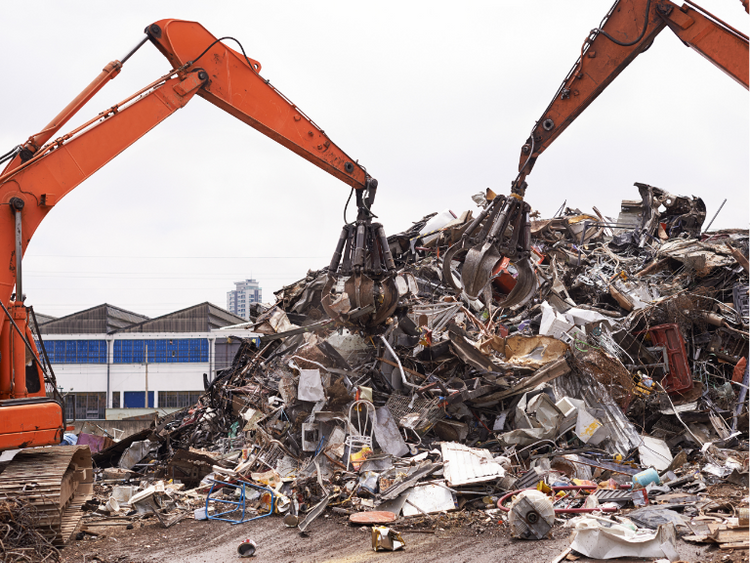Analysis
December 7, 2023
Final thoughts
Written by Michael Cowden
We have seen a wave of service center transactions announced since the beginning of the month.
Ryerson acquired Hudson Tool Steel. Russel Metals bought seven service centers from Samuel. And Worthington Steel completed its spinoff.
Waiting for X…
There is of course one mill transaction that we were, when this was published, still waiting for news on. Namely, the potential sale of U.S. Steel.
I never thought, as some did, that a deal would come on Nov. 1. But I did think that one might be announced – or at least some update disclosed – before the holidays. Does that remain the case?
…and the Panama Canal
Congestion on the Panama Canal is becoming an issue for the US flat-rolled steel market.
The canal allows shipments to pass from the Pacific Ocean through the central American nation to the Atlantic Ocean. A drought has led to lower water levels on the canal and congestion that harks back to what we saw on the West Coast two years ago. Companies are paying millions of dollars to move ships up to the front of the line.
That jam means delayed shipments to the Gulf Coast, not only of finished steel from Asia but also of slabs from places like western Mexico. And, as we noted last week, the issue has already led to higher freight rates.
Just one more inflationary data point, right? A few others: Scrap prices are likely to settle up again this month, lead remain times stretched, and US mills continue to announce price increases.
Also, and a little to my surprise, I’ve been hearing more mantras about maintenance, maintenance, maintenance at domestic mills – this time in Q1.
What comes next?
I’m told Asian steelmakers might divert shipments to the West Coast to avoid the time and trouble of passing through the Panama Canal or going around Cape Horn. The issue might be more acute for nations, like South Korea, subject to a Section 232.
So what are prices to the West Coast? I’m also told that South Korean material is available for less than $1,000 per ton for February/March shipment to West Coast ports. Add a few weeks for transit across the Pacific, and you’re looking at March/April delivery. I’ve also heard that South Korean galvanized is available from $1,040-1,080 per ton – or less than the $1,100 per ton US mills are seeking now for HRC – for spring delivery to the West Coast.
I should in addition note that it’s not just the West Coast that could see competitively priced imports this spring. My understanding is that cold-rolled from Southeast Asia, for example, will be available for approximately $1,040-1,060 per ton for April/May deliveries to Gulf Coast and East Coast ports.
Sneak-peak at SMU’s latest survey
It’s starting to make sense to me why more people are saying that US sheet prices will peak this winter. Approximately 64% of respondents to our latest steel market survey think sheet prices will peak in January or February, according to a preliminary count. (Note: We will release a final tally and full results to our premium subscribers on Friday afternoon.)
Why? Pick a date in January or February, add current lead times, and you’re into March-April, depending on the product – which is around when competition from imports could heat up.
Also, we often write about increased hot-rolled capacity. Let’s not forget that there is more coated capacity coming online in 2024 as well.
Then there is the matter of inventories. They’ve been decreasing since the summer. Could we see that trend reverse in November because of all the material that was ordered in September? We’ll have a better idea of that when we release service center inventory figures to premium members next week.
In short, domestic mills might not have many spot tons now, especially when it comes to coated products. And prices will probably continue to rise. But could it be a different story as lead times stretch into the spring?
Frankly, that seems like an eternity from now. In the meantime, enjoy the holiday parties – and thanks from all of us at SMU for your continued business.







